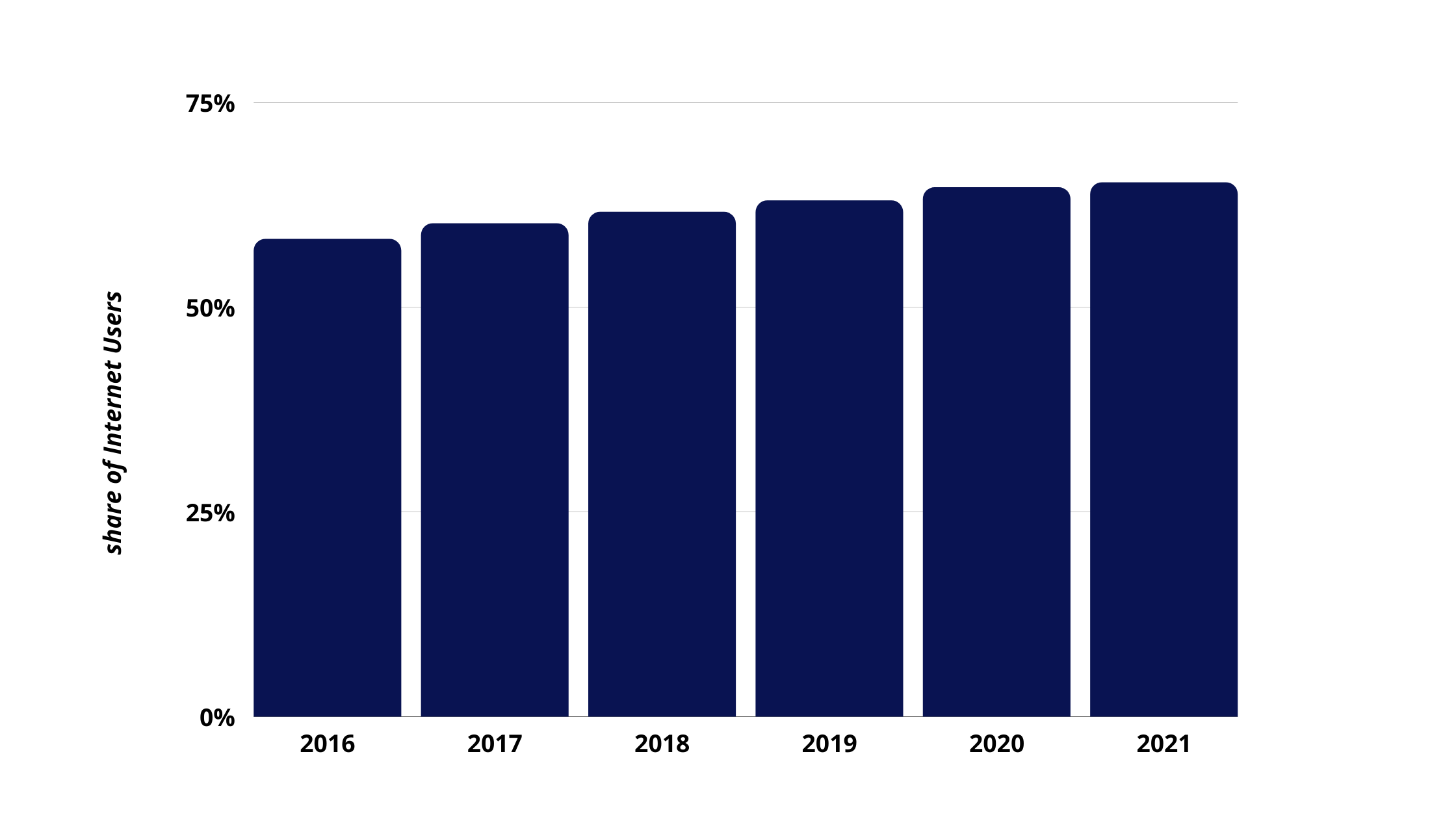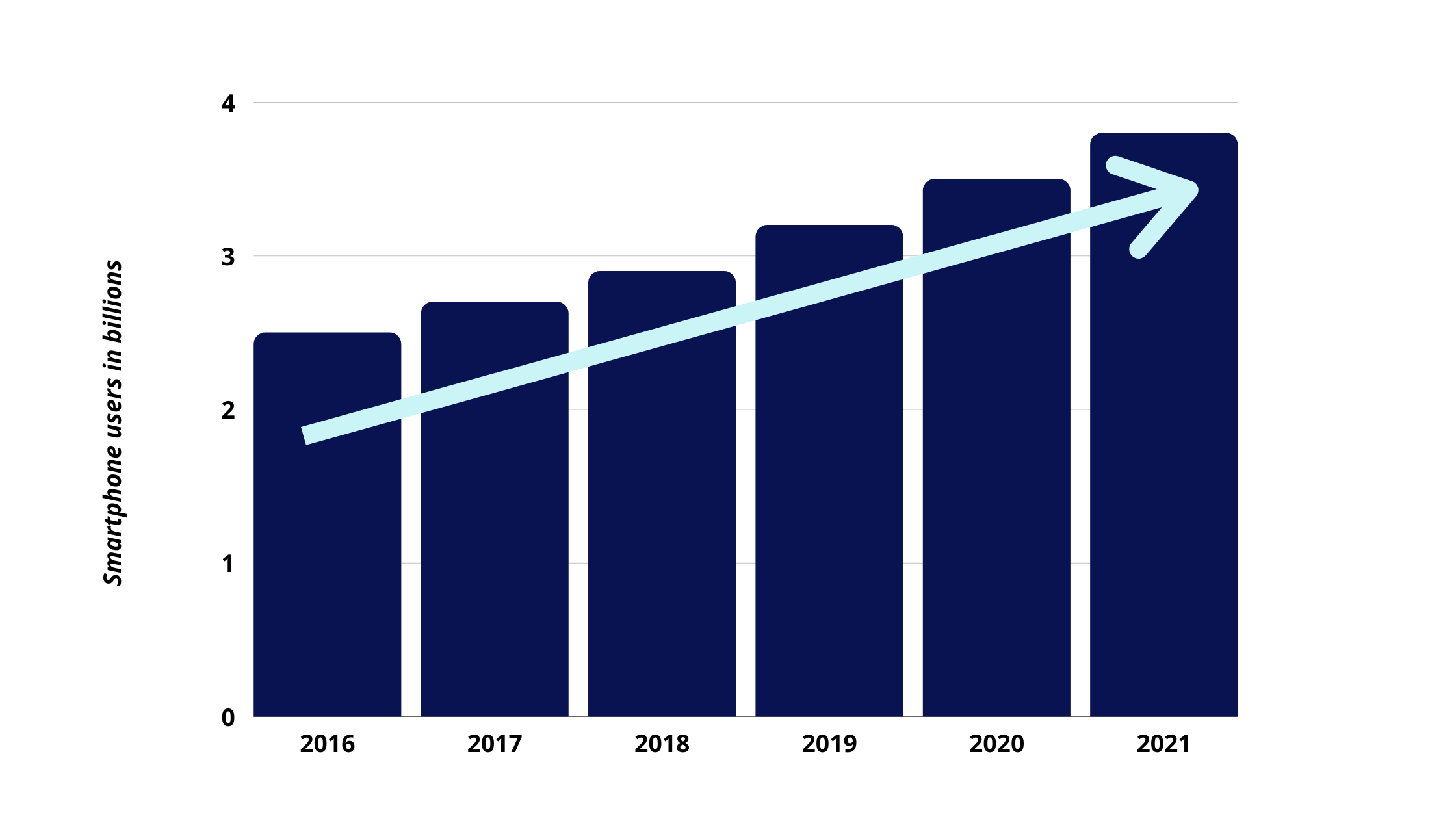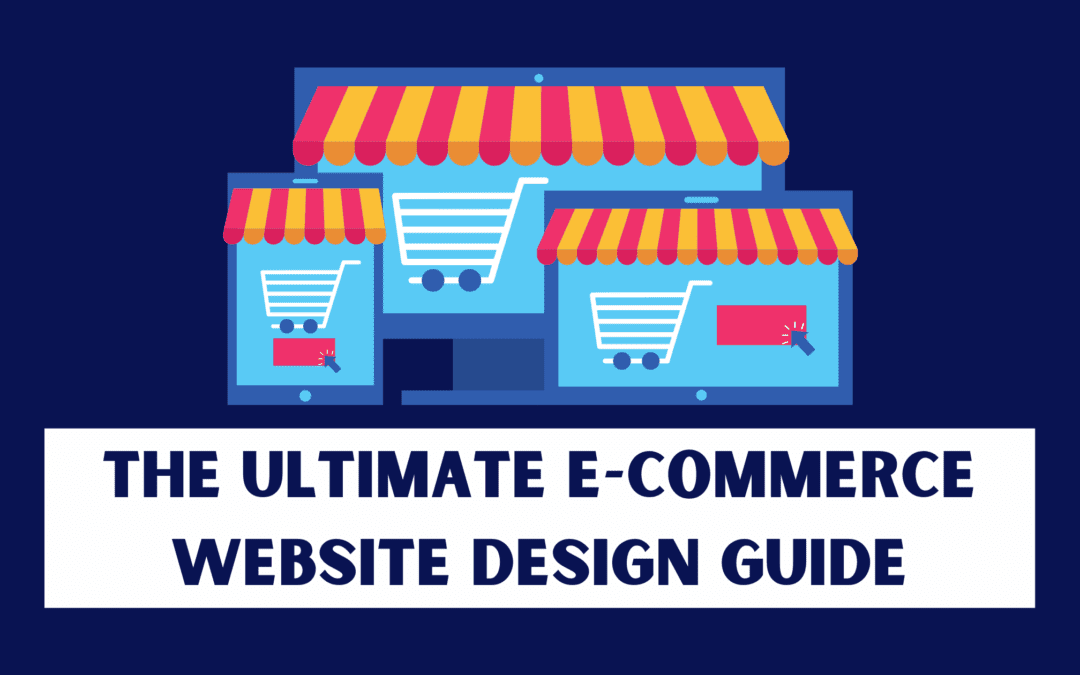In this article, we are going to explain step-by-step how you can build an e-commerce website by scratch. This includes the reasons why you should start selling products via your website, the requirements to build an e-commerce website, an e-commerce website design guide, and the features of a good e-commerce website.
Why Should You Sell Your Products on Your E-commerce Website?
01. Lower set up and running costs than a physical store:
Setting up and running a physical store requires a lot of expenses such as electricity, store rent, furniture and equipment, building maintenance, utility bills, staff salaries etc. However, most of these costs can be eliminated by using your website as your store. The entire sales operation process for your business is automated online and therefore you can save a significant amount on staff, wages and other business expenses such as electricity and rent.
02. People are spending more money online
In 2021, over 2.14 billion people are recorded to buy goods and services online globally. Purchasing goods and services online has become a common practice among many people all over the world and the popularity of online purchasing has increased dramatically with the improvement of technology and the increased penetration of the internet and mobile phones.
Today, technology has become a major part of the lifestyle for people and most of their daily activities are evolved around technological devices. People are not only using the internet and search engines to search for product and service related information, but to make actual purchases straight away. If your business or brand doesn’t provide the facility to search product and service information online, look through product features and specifications and to make a direct purchase online, there is a very high possibility that you are missing out on a lot of potential customers.

Digital buyer penetration worldwide 2016 – 2021 (Source: https://www.statista.com/statistics/261676/digital-buyer-penetration-worldwide/)
03. You have the ability to operate from anywhere
Having an e-commerce website reduces any geographical restrictions you normally face by operating only via a physical storefront. There are many instances where businesses have to close down operations temporarily or sometimes even permanently due to many unexpected circumstances. Covid-19 pandemic is a very good example of this. A lot of businesses had to close their doors because they were not ready to face a crisis situation like this. With lockdowns happening all over the world, businesses couldn’t open their shops, they couldn’t pay the salaries of their employees, they didn’t have a way to communicate with their customers. However, most of the businesses that had e-commerce websites and were already selling online were able to survive this crisis and most of the businesses that did not shifted towards e-commerce platforms.
04. Rapid growth in mobile phone usage
According to Statista, there are 3.8 billion smartphone users across the world currently (2021), which is 48.33% of the global population. With the increased use of mobile phones, the contribution of mobile purchases to e-commerce has also increased significantly. People have been able to make instant purchases at the exact time that they want via mobile devices while saving a lot of time and effort. When someone does product research online and looks for a place where they can buy that product online instantly if you don’t have an e-commerce website, you are losing a customer and your competitor is gaining one.

Global smartphone users 2016 – 2021 (Source: https://www.bankmycell.com/blog/how-many-phones-are-in-the-world)
05. 24/7 service
If you are only operating in a physical store, you only have the ability to serve your customers a limited number of hours per day. The most common time slot of active operations for most businesses is 8 am to 5 pm. However, if we analyse the purchasing behaviour of people, a majority of people look for products to purchase online at night when they are home after work. If your website doesn’t have an e-commerce platform, there is a very high chance that your potential customers will buy those exact same products from your competitors. Having an e-commerce website allows you to communicate with your current and potential customers, sell products, and manage inventory 24/7 every day.
What Do You Need to Build an E-commerce Website?
You need a couple of extra elements to create an e-commerce website than a standard website or a blog. Apart from securing a domain name and a web hosting service, you also have to make sure that your website has a secure payment gateway, inventory management system and other elements that are required to sell your products online through your website.
Here is a checklist of the main requirements to build an e-commerce website from scratch:
- A domain name
- A web hosting service / A web hosting provider
- An integrated payment gateway
- Inventory management system
Contact Us to Build a Killer eCommerce Website
How to Build Your E-commerce Website?
If you already have a standard website, you can easily convert it into an e-commerce website by integrating a shopping cart, a payment gateway, an inventory management system and other elements that are required. But here we are going to explain how you can build an e-commerce website from scratch.
Step 01: Start with a sound strategy/plan
Like for any other project, the first step of building an e-commerce website should be to have a clear strategy. This should include each and every detail about building your website and should act as a guide for the project. Some of the main areas that should be addressed in the planning phase are resource requirements and resource availability, allocation of tasks and resources, timeline for the project, measuring and controlling techniques to be used etc.
Step 02: Choose a platform for your e-commerce website
The next step is to select the e-commerce platform that matches all your requirements. Some of the main requirements to look for in an e-commerce website platform are,
- Easy and quick setup
- Ability to integrate with your POS system
- Safety
- Availability of customer support
- Mobile and desktop responsiveness
- Availability of features to scale your business
- Flexibility
- Attractive and beautiful front-end templates
Step 03: Choose a domain name
Your domain name is the part of your website’s URL that identifies with your brand/business. For example, in the web address https://digifix.com.au/, digifix.com.au is the domain name. You can think of this as equivalent to the signage of your physical storefront. It is very important to select the right domain name for your website because a good domain name has the ability to impact your credibility positively, differentiate your website from competitors, and give a clear idea about your offerings to the audience. Here are some tips that might help you when selecting a domain name for your website:
- Make it unique, so it helps you to stand out from the crowd
- Add a keyword to the domain name to improve your search rankings
- Short
- Easy to remember and spell
Step 04: Decide on pricing and set up payments
There are two main aspects related to pricing to be considered when building an e-commerce website: How to price your products and how your customers are going to pay you.
There are a number of factors to be considered when pricing your products to be sold online including:
- The cost of the product
- E-commerce web hosting
- Taxes
- Payments to be done for other third-party organizations including banking and payment partners, inventory management fees etc.
Step 05: Choose and customize a template
The next step is to select the theme or the template that you would like to use to build your website. There are many software and apps available today to enable you to get your website up quickly with minimal design work and coding. Most of these applications provide drag and drop features so that even people who are not coding experts can build and update a beautiful custom website. There are a couple of questions that you need to answer in order to select the ideal template for your website:
- What should be the look and feel of your website?
- What is the online purchasing behavior of your target audience?
- What are the features you need for your website?
Step 06: Add products to your e-commerce website
Now it is time to add products to your online store. When you are just launching your e-commerce website, you won’t want to add all your inventory right away to your online store. Instead pick the products that are able to create the hype that you need right after the launch such as the best selling items, products with large margins, products that are hard to find locally etc.
Step 07: Set-up payment gateways
A payment gateway is an essential part of an e-commerce website, so your customers can pay for the products that they purchase. Make sure your payment gateway is flexible for multiple payment methods such as credit cards and debit cards because today people are looking for flexibility and convenience more than anything.
Step 08: Create a positive checkout experience
Shopping cart abandonment is one of the biggest challenges that online stores are facing. There are several things that you can do to minimize the shopping cart abandonment rate on your e-commerce website such as:
- Avoid hidden costs
- Provide free shipping when it is possible
- Enable customers to purchase multiple products at once
- Offer discount coupons to returning customers that can be redeemed during checkout
- Optimize your checkout for all types of devices
No matter how much effort, time and money you put into building your e-commerce website if your cart abandonment rate is high. Therefore, test your checkout process until it is perfect. Get the feedback of your family, friends and a sample group of your customers to perfect the checkout process.
Step 09: Launch your e-commerce website
Now your website is ready to launch to the public. But before going live, test each and every functionality, click every button, fill every form to test that everything is working perfectly.
NOW YOUR E-COMMERCE WEBSITE IS LIVE!!
Features of a Good E-commerce Website
Now that you have a clear understanding of how to build a killer e-commerce website from scratch, we’ll list out some of the main features of a good e-commerce website, so you can try to address all these when building your website.
01. User-friendliness
Studies show that more than 75% of consumers say the most important feature of a website is the simplicity or ease of use. Users should be able to search the products that they are interested in without spending too much time and effort, they should be able to complete their purchase without running into unnecessary complications. Therefore it is very important to consider the users’ point of view when building your website.
02. Mobile-friendly website
It has been identified through the studies that more than 50% of online transactions are recorded through mobile devices. Therefore creating a mobile-friendly website is crucial if you want to survive and also having a mobile responsive website will improve your search rankings.

03. High-resolution images and videos
People always like to examine a product before they purchase it. However, this can be very challenging when it comes to online purchases because people can’t actually touch and feel the product. Therefore it is very important to include high-resolution images and videos of the products in different angles and also with the ability to zoom in and examine each and every angle of the product virtually.
04. User-generated content
More than 90% of shoppers read reviews and more than 50% of consumers will only visit a website if it has more than 4 stars. Therefore it is very important to include the reviews of your customers on your website. E-commerce websites can use different plug-ins to automatically pull reviews from the most popular review platforms such as Yelp, Foursquare and Facebook.
05. Special offers
Adding special offers to your website is another way of attracting more customers to your website. When shoppers realize that they are getting a special offer or a discount, they are motivated to spend more time on the site and make more purchases. If your business has ongoing promotions, dedicate a separate page for special offers and this will not only drive more visitors and conversions but also will improve your rankings.
06. Wish lists
Wish lists are a great way to continuously communicate with your customers and to remind them about products that they are interested in. People don’t always search product information with the intention of instantly purchasing. They might need some extra time to think about purchasing that product, they might not have enough money at the moment etc. However, if your e-commerce site has the option to bookmark the items that they like to buy in future, it is a great opportunity to drive more conversions by running customized remarketing campaigns to these people.
Conclusion
Building an e-commerce website takes ambition, commitment, time, effort and a small amount of initial investment. This might sound like a lot. But there is a lot of help all around you. There are free tutorials, videos, web design agencies to help you etc. This guide can be the start.
If you need any help in designing your e-commerce website, our expert team at DigiFix are more than happy to help you start your journey.
You might also find these articles interesting:
Why Do You Need to Invest in Designing a Website for Your Business?
Why Should You Have a Mobile-Friendly Website for Your Business?
Do you want more traffic?
—————
Hi, we are an Australian digital agency doing groundbreaking work to help a business like yours reach its full potential. My only question is will you qualify for our services?
Do you want more traffic?
—————
Hi, we are an Australian digital agency doing groundbreaking work to help a business like yours reach its full potential. My only question is will you qualify for our services?

